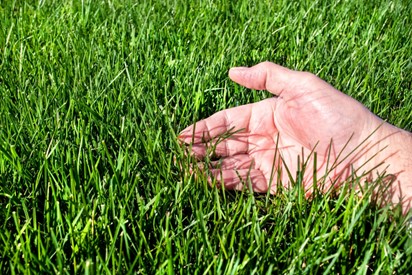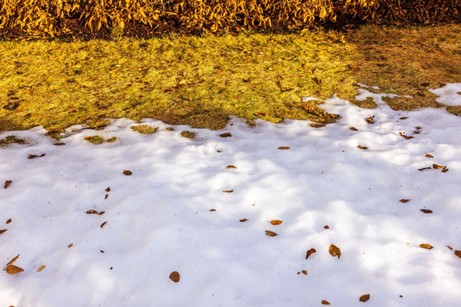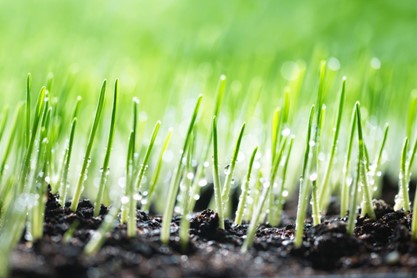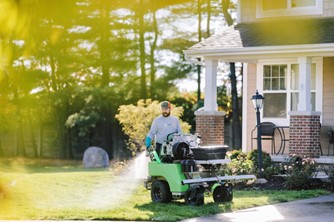
All You Need to Know about Summer Aeration
June 3, 2024

If your lawn is looking discolored, has thinning areas, or just isn’t growing as it should, it might be time for aeration.
Why Should You Aerate?
Lawn aeration addresses soil compaction, which can prevent water, air, and nutrients from reaching the grass roots. Compacted soil can cause your lawn to struggle, especially during heat or drought, leading to discoloration, poor health, and thinning grass.
Aeration helps by breaking up the compacted soil, allowing nutrients to penetrate deeper into the root system, revitalizing your lawn with just one treatment.
Symptoms of Compacted Soil
Your lawn may become compacted if it experiences heavy foot traffic. Signs of compaction include water pooling after rain or running off the soil surface. Additionally, if your lawn turns brown, looks dehydrated, or shows stunted plant growth, it may not be receiving enough water. Aeration can alleviate these issues, improving both lawn health and drainage.
Is Summer Aeration Recommended?
It is important to time your aeration out correctly in the year. Knowing the type of grass you have, as well as when to aerate, are two important factors to take into consideration. There are two categories your grass can fall under: cool-season and warm-season grass.
In the north, lawns are composed of cool-season grasses. These grasses include Kentucky Bluegrass, Tall Fescue, Fine Fescues, and Perennial Ryegrass. Cool-season grasses tend to grow best in the spring or early fall and grow more actively in low temperatures. Therefore, the ideal time to aerate this type of lawn is typically in the spring or early fall. Aerating cool-season grasses in the summer is not recommended because of the higher temperatures. If your soil is too wet when you aerate, it can destroy your lawn, and the same is true for dry soil. Because aeration creates holes, if it is done in extreme heat or drought on cool season grasses, it can dry out the soil, leaving your grass damaged.
On the other hand, if you are in the south, aerating in the summer on warm season grasses can be highly beneficial. This is because grasses like Bermudagrass, Zoysia, Centipede, and St. Augustine that grow in the southern region of the country grow best during the summer months when temperatures are high. Because of the increased growth in the summer heat, aerating during the summer on these warm season species allows these grasses to recover quickly and easily from the aeration process. Aerating in the spring and fall on warm season lawns when temperatures are cool is not recommended. During these cooler seasons, warm season grasses tend to slow in growth and will not recover as easily from the aeration process. This means summer is the ideal time to aerate a warm season lawn.
How Does Aeration Work?
Aeration is typically performed by professionals but can be done DIY with rented equipment. A core aerator machine removes plugs of soil, leaving them on the surface to break down. The holes created allow oxygen, water, and nutrients to reach the roots.
Trust the Pros
Using core aeration methods is essential; improper technique can lead to further compaction. While renting equipment and doing it yourself is an option, hiring a lawn care company may cost about the same and save you time and effort. Let Lawn Squad ensure that you have a beautiful, healthy lawn for your family and friends to enjoy.
The post All You Need to Know about Summer Aeration appeared first on Lawn Squad.
Recent News

Reviving Your Dormant Lawn: A Guide for Northern Homeowners
November 14, 2024
As the change of seasons approaches in northern states, many homeowners start to notice their...

The Fall Growing Season in the North – A Crucial Time for Your Lawn
October 24, 2024
As the crisp air settles in and the leaves begin to change, fall is a...

The Importance of Limestone Applications for Your Fall Lawn Care
September 17, 2024
As fall settles in, it’s time to focus on preparing your lawn for the winter...

Be Prepared for Fall Aeration and Overseeding
August 19, 2024
When it comes to lawn care in the north, many people think they can stop...

